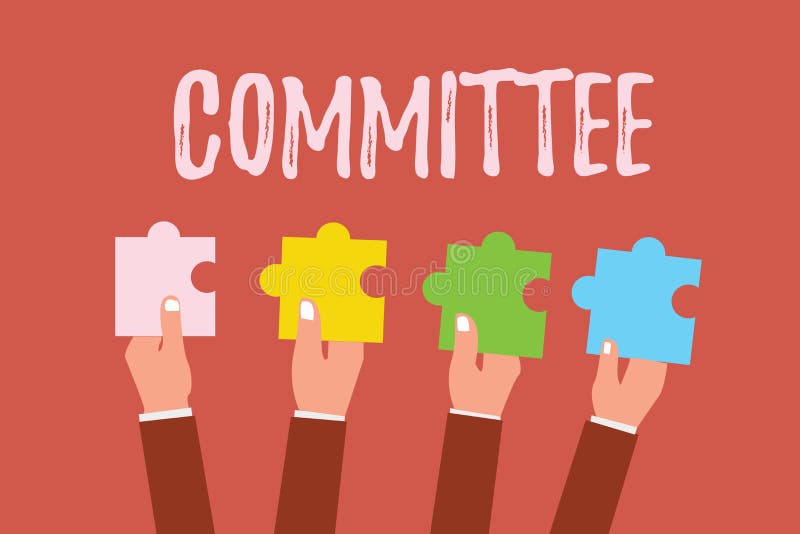
Grant Marek/SFGATE The purported largest freestanding boulder in the world, Giant Rock, in the California Mojave Desert.
Nearly 25 years ago, during my lit review for my med school research thesis on diversity and medical education programs, I found many prior articles had already been published about the lack of diversity in medicine. 1985. 1996. and so on. In 2013, a physician fellow contacted me for advice on her brief research letter documenting the lack of diversity in medicine.
So, when the news cycle had once again “discovered” the dearth of Black men in medicine in 2018 (or was it 2016?), it felt like time to get back into workforce research. And instead of yet another quantitative paper, it also felt like time to ask, what is going on?
Some failed grant applications, a modicum support from UCD Center for a Diverse Health Workforce (not the Center’s fault- there has been barely any money for workforce research until last year), and a *lot* of team effort, and we managed to conduct key informant interviews with 39 deans and directors of 37 MD-granting medical schools, asking them about admissions in general. Then zeroing in on diversity.
We plugged away through the onset of the pandemic to finish the interviews. Coding and analysis, reading, more analysis, more reading, and the final writing-as-analysis phase were a real bear, even more so than usual. But finally this came out:
It’s hard to pick a favorite quote so please read the paper if you can. As a teaser, here’s one:
“After our white coat ceremony, [my dean] received a lot of questions [from alumni and faculty], ‘Whatever happened to the six-foot-two blonde, white boys we used to have in our medical school, where did they all go?'”
Key takeaways:
- Racism has wormed its way into so many places, small and large, throughout the entire admissions cycle and school of medicine.
- This means there are many opportunities, from small process changes to large institutional system-wide transformations, to conduct anti-racist change (see the Supplement!)
- Med schools, get out of US News and World Report already. It doesn’t matter as much if the Harvards of the world do it- but you can make a difference if the mid-tier schools do.


